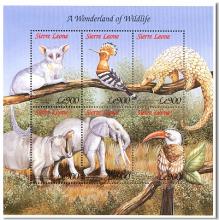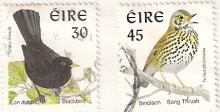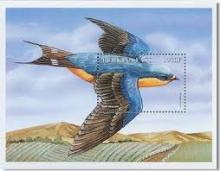Influence on Birds of Rice Field Management Practices during the Growing Season: A Review and an Experiment
Most literature on birds and rice (Oryza sativa) focuses on the non-growing period and little is known about the influence of management practices during cultivation. A review found that the main factors affecting species composition and abundance in rice fields during the growing season were water level, flooding period, rice plant structure and size, and pesticide use. Highest bird density and diversity occurred at intermediate water levels (10–20 cm). Early flooding and late drying favored waterbird density and diversity, and the stopover of migrating species. Taller plants, at higher densities, reduced prey availability to most waterbirds but favored smaller species. Pesticides and herbicides have been shown to be toxic to birds and reduce food resources.










